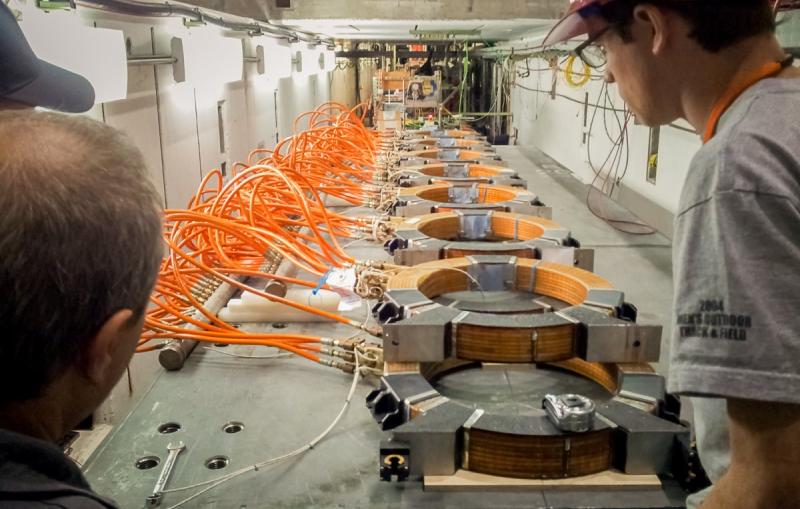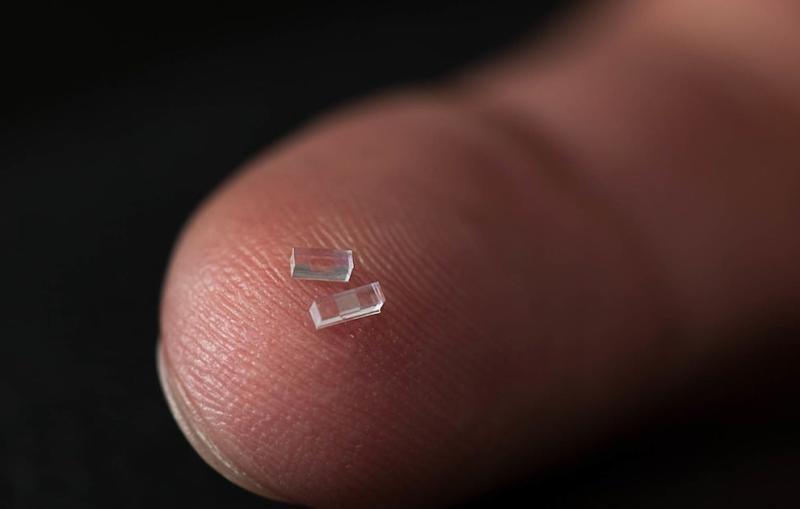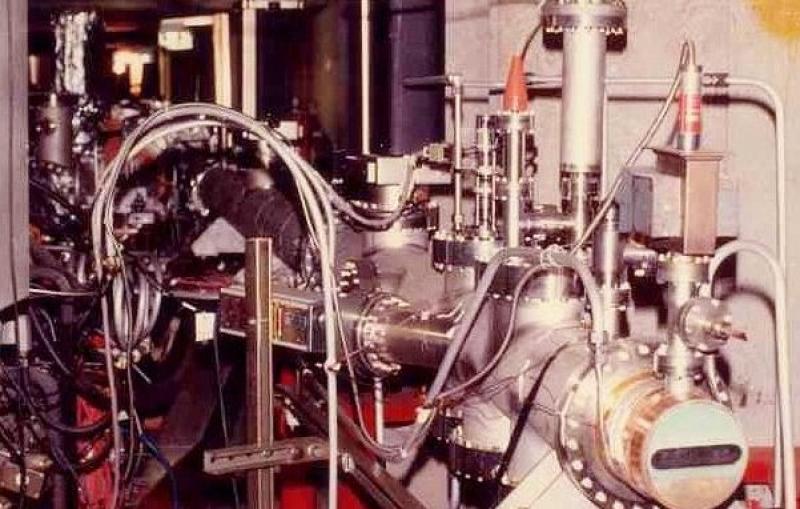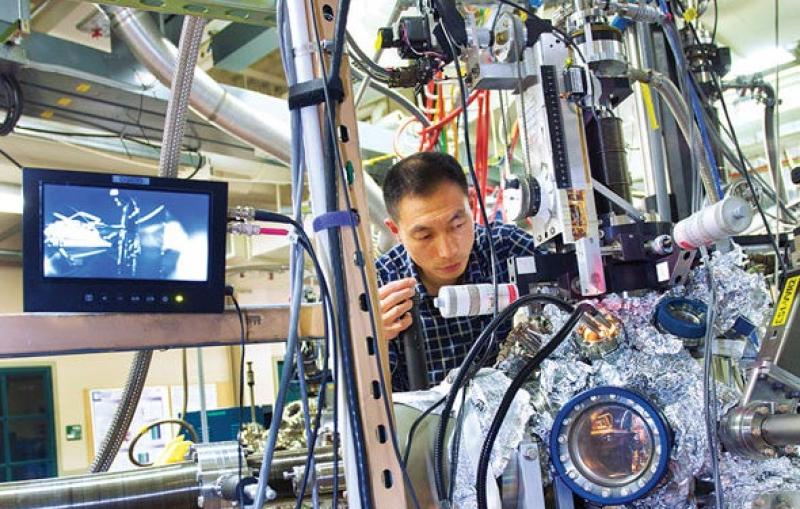In a SLAC test facility, scientists have set the stage for an experiment that mimics what happens when incredibly energetic cosmic ray particles hit our atmosphere. While the experiment is part of ANITA, which sends balloon-borne instruments into the upper...









